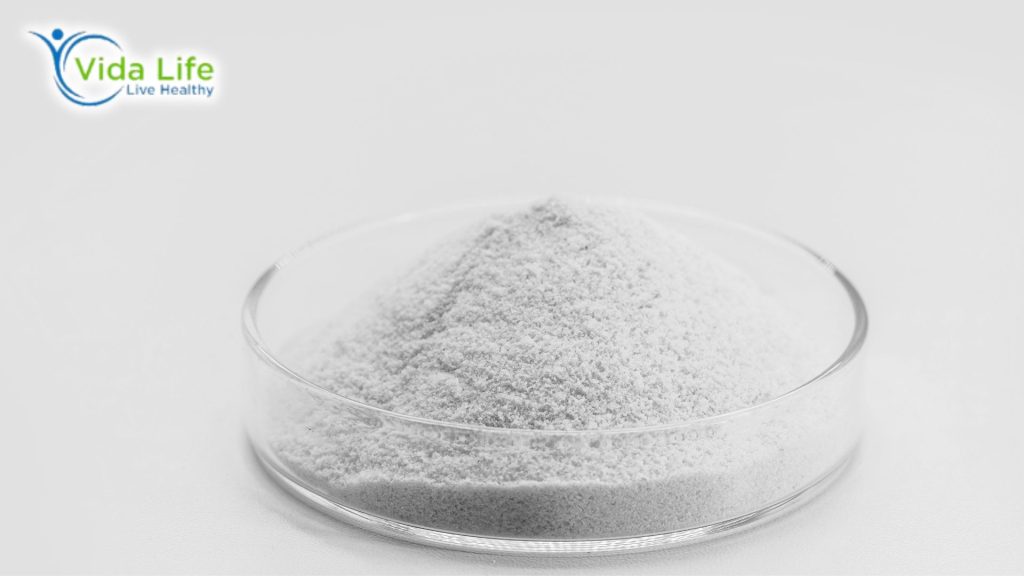
Powders are finely dispersed solid substances with various functional properties that are widely found in cosmetics and medicines as well as used for mechanical pretreatment cleaning applications.
Bulk density is an essential property of powders that determines their behavior in production processes, as well as the energy requirements necessary for aerosolization (also known as dustiness).
Physicochemical Stability
Physical stability of powders has an immense effect on the aerosolization performance of dry powder inhalers (DPIs). Drug particles for DPIs are frequently produced using various powder production approaches and particle engineering techniques; which ultimately has a direct bearing on their solid state properties (size, morphology and surface energy) when stored. The present study explores this topic through various powder preparation techniques’ impacts on solid state properties as well as commonly employed characterization techniques used to monitor changes over time in solid state properties of drug particles during storage.
We utilized X-ray diffraction and Raman spectroscopy to assess the physical/chemical stability of spray-dried moxidectin-leucine formulations in both their amorphous and crystalline states. PXRD results confirmed that all formulations were highly crystalline with no evidence of amorphous moxidectin. Raman spectrum analysis of leucine powder showed that most leucine was still in its crystalline A form with some amounts amorphous leucine being identified via deconvolution analysis as the less stable B form; although PXRD data could not confirm it.
Longer Shelf Life
Products with long shelf lives are valuable both to businesses and consumers, helping to reduce waste while increasing sales of more products. Unfortunately, long-term storage can bring concerns such as nutritional loss and microbial growth that must be considered when planning storage strategies.
Microorganisms can quickly spoil food, but with proper preservation techniques they can be avoided. Such techniques include lowering temperatures or altering pH levels as a means to destroy bacteria and fungi growth.
Foods such as dry beans and grains often have long shelf lives, making them perfect pantry staples. Their long shelf lives also allow them to be transported easily without refrigeration needs, making them useful in military or religious groups’ programs as well as humanitarian aid missions. But some people might question whether such long-life foods contain too many preservatives.
Easy to Disseminate
Powders are an exceptional subset of granular materials. They are defined as any dry substance reduced to dust-like particles through crushing or grinding, making them much simpler to disperse and handle compared with coarser granular materials.
These characteristics make agglomerates ideal for applications where precise particle dispersion is essential, such as pharmaceutical formulation. Agglomerates can also serve as fillers in tablets, capsules, and for granulation to produce an array of finished products.
Food powder properties depend heavily on their structure, whether crystalline or amorphous in nature. This section offers in-depth insights into powder processing operations such as granulation and tableting with predictions at particle and mechanism scales of agglomeration, structuration dynamics and stress transmission modes in powders. Such developments help optimize storage environments to minimize chemical and physical deteriorations to food powders during storage or handling environments.
Flammable
Combustible dust explosions pose a threat at facilities that process powders. Such explosions have occurred at facilities processing wheat flour, sugar, ground coffee, copy machine toner cartridges and gunpowder; their explosiveness lies in their large surface areas relative to volume contained. Their granules ignite easily when exposed to static electricity; hence posing an additional hazard.
Powders may present a health risk if inhaled. Their microscopic particles have little inertia compared to their environment, and may travel through your nose and sinuses until settling in your lungs – therefore ensuring they’re stored in an environment with adequate ventilation is critical for keeping powders safe from becoming airborne and inhalable.
Powders are commonly used by pharmaceutical manufacturers for medication dosage forms that cannot be made into tablets or capsules, dissolving faster than solid medications and making delivery of large doses much faster. When creating different dosage forms would be impractical or difficult, powder forms are ideal.


